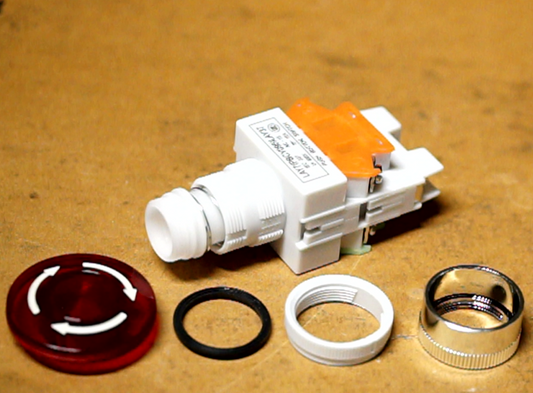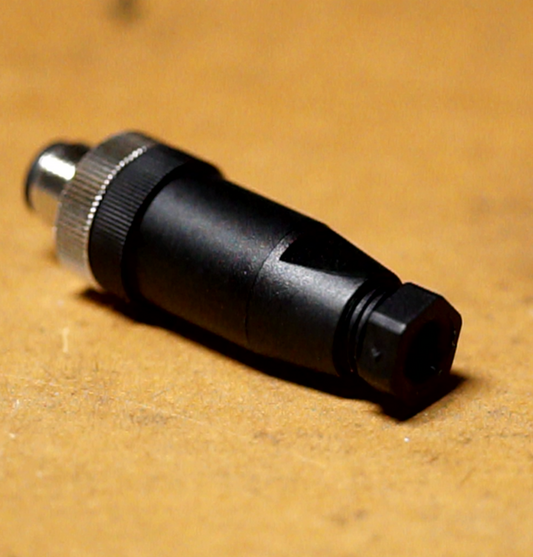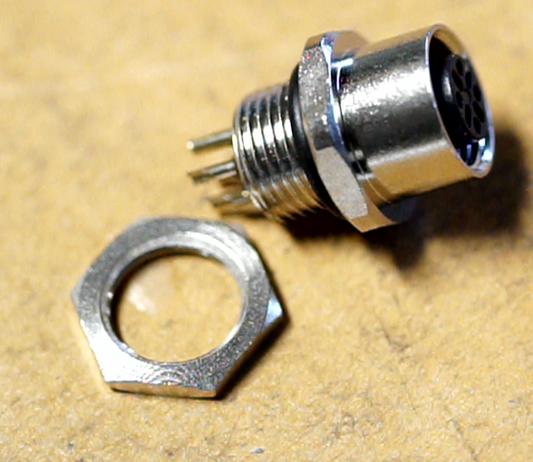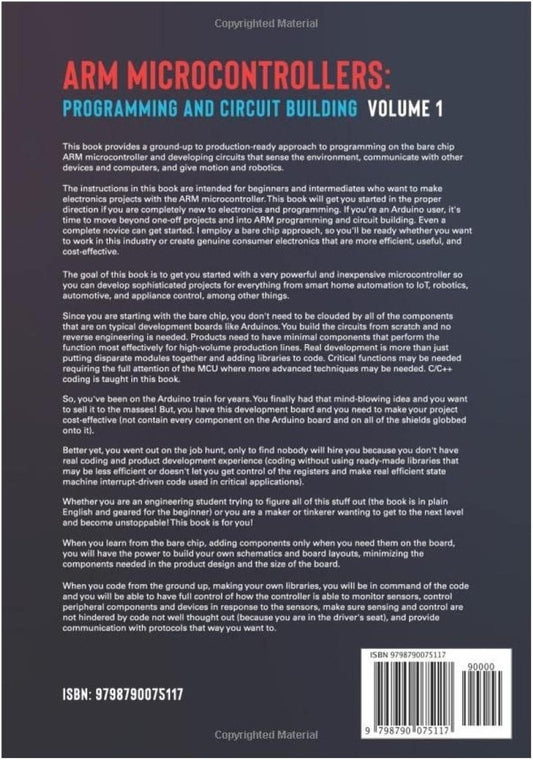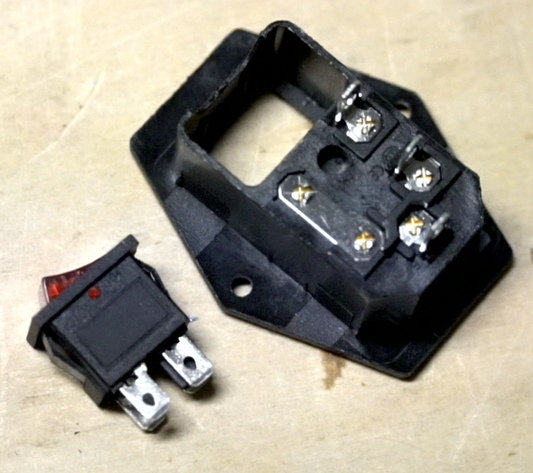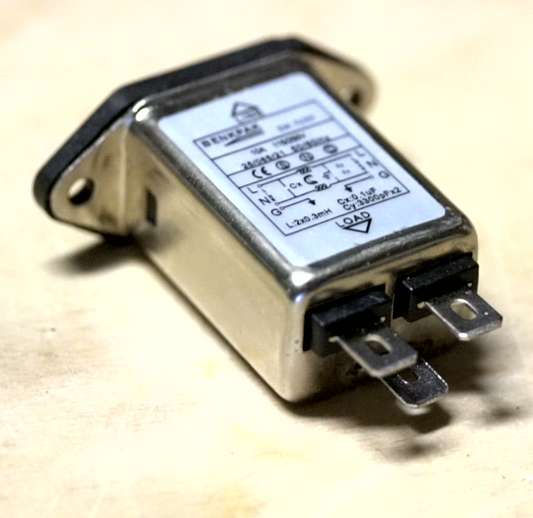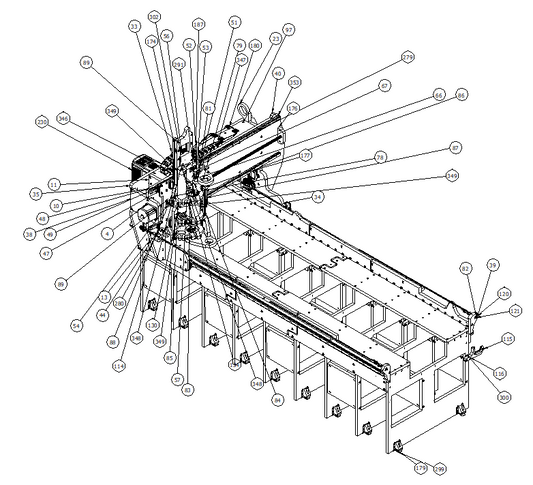New? Here is where to start:
-
CNC Electronics
Navigating the world of CNC and electronics can be overwhelming given the vast array of options available. For CNC enthusiasts, the controller serves as the foundation of your system—it's the central hub where electronics connect and determines which software platforms you'll use.
-
Microcontrollers
For those interested in electronics and microcontrollers, we recommend starting with one of our comprehensive microcontroller kits. Beginners with no prior experience will find our AVR kits particularly accessible, offering a perfect introduction to the fundamentals. For those with basic programming knowledge, we suggest exploring our ARM microcontroller kits, which come with detailed documentation and our companion guidebook to help you advance your skills.
CNC Router and Laser Plans
BuildYourCNC
Share


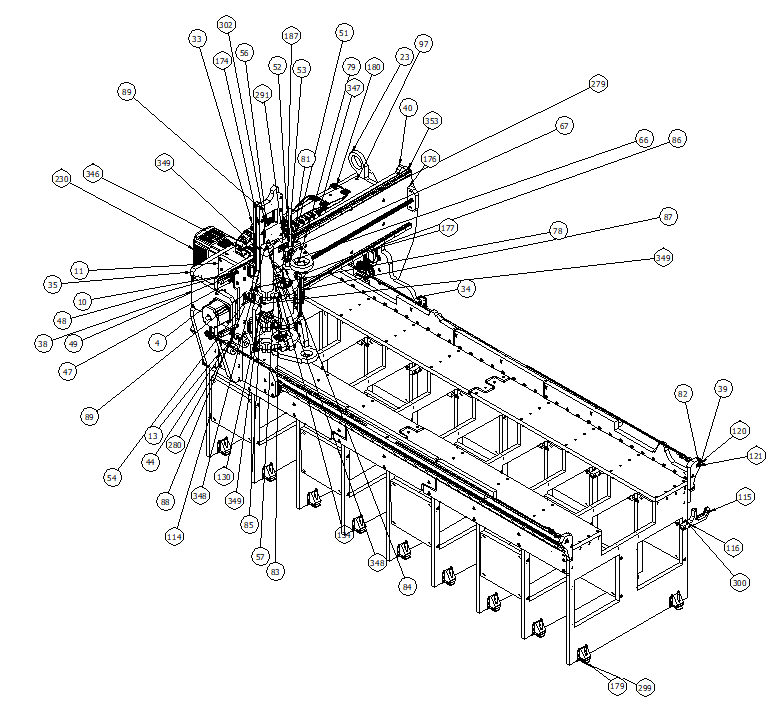


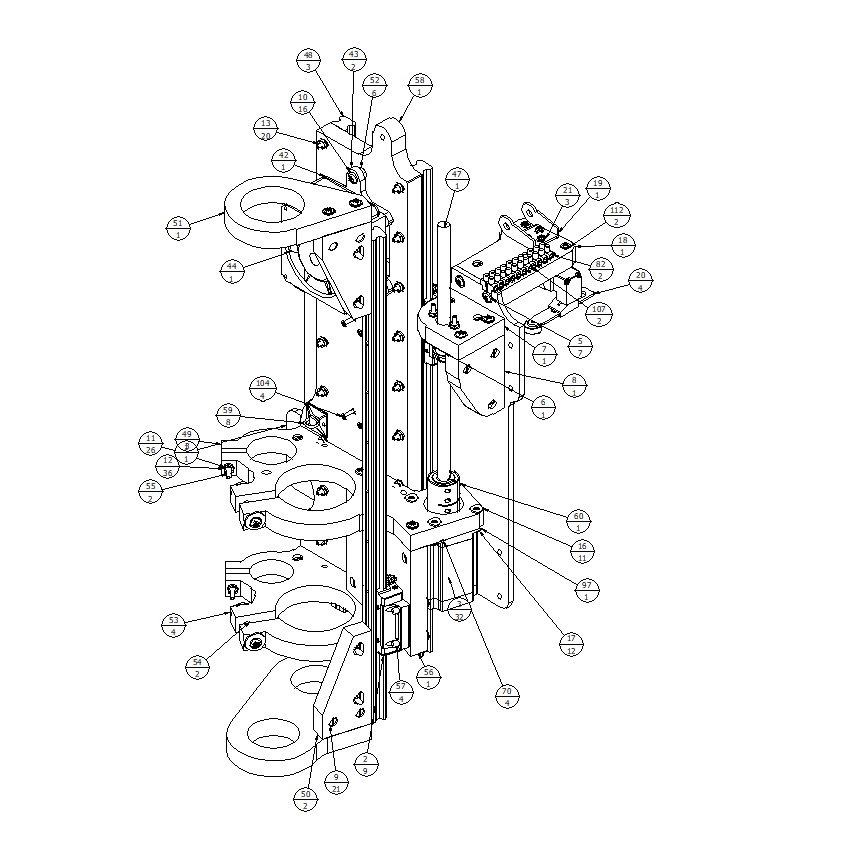
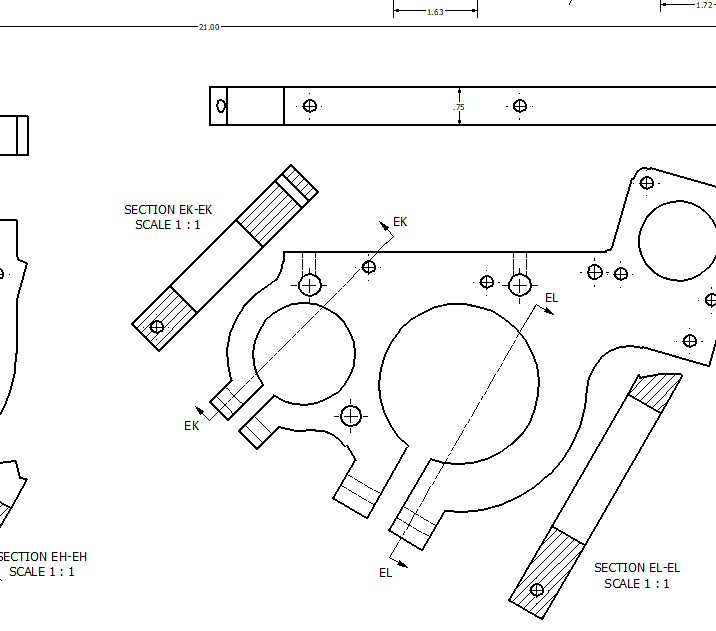
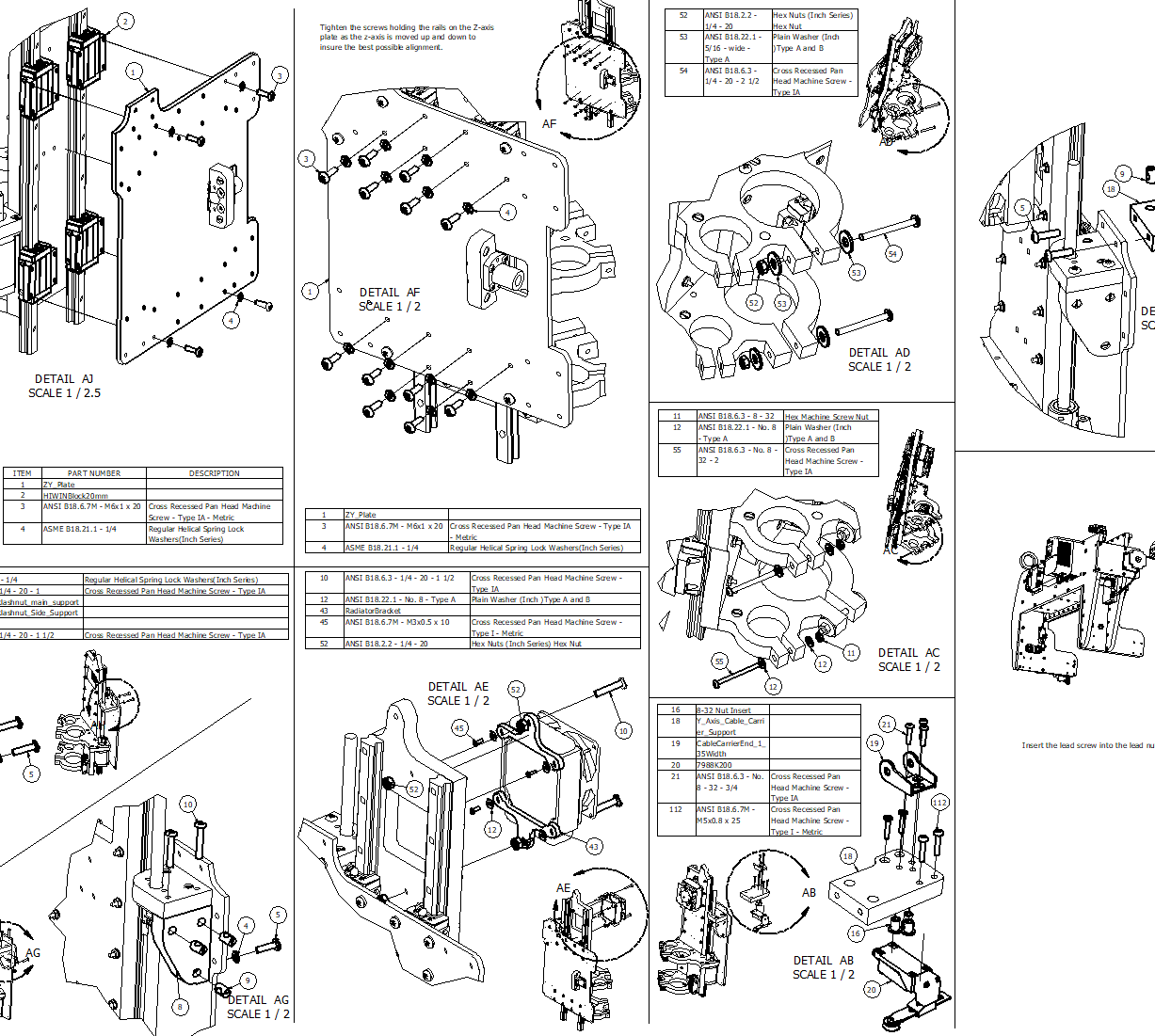


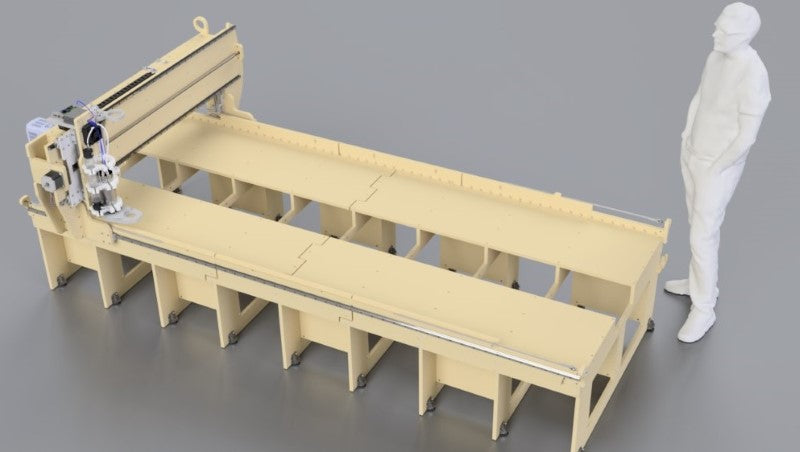








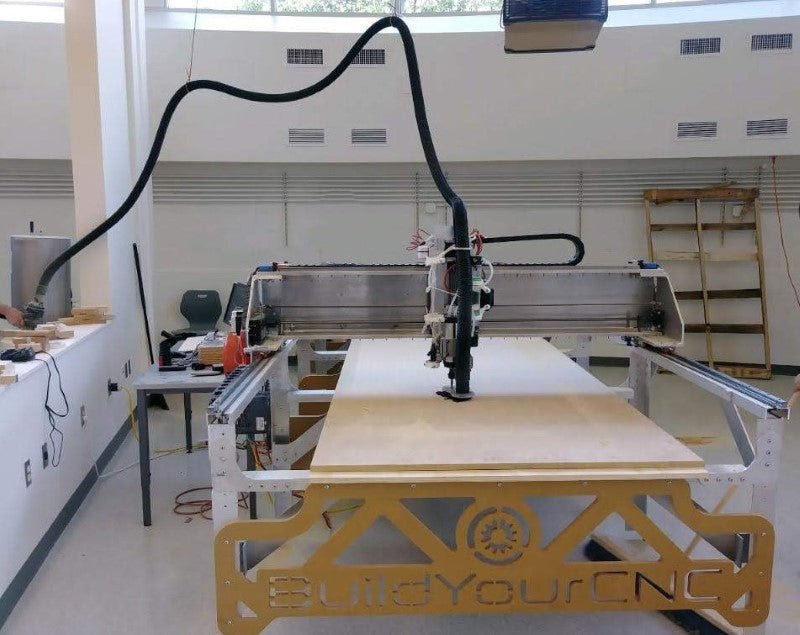

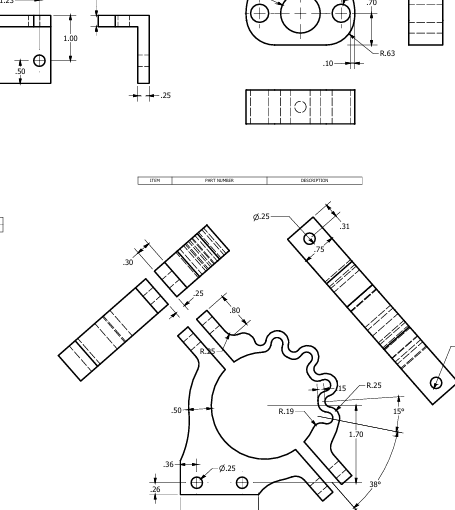
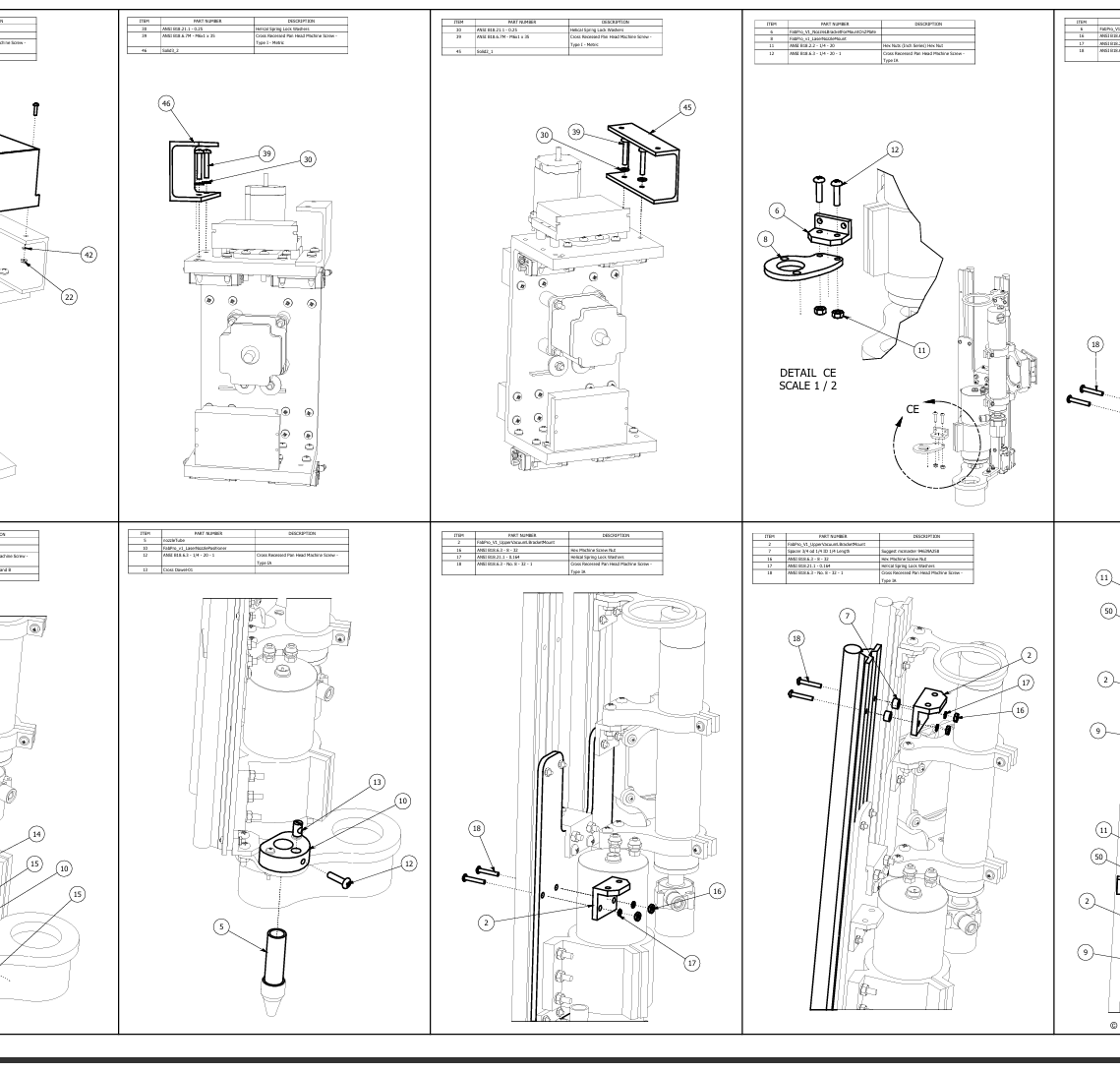
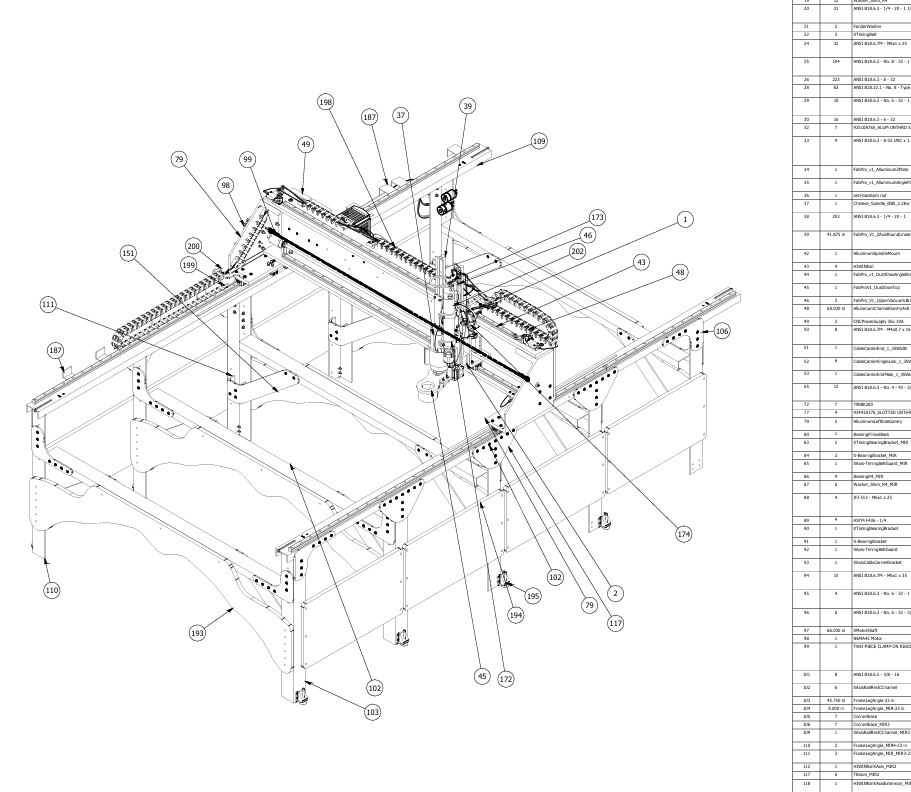
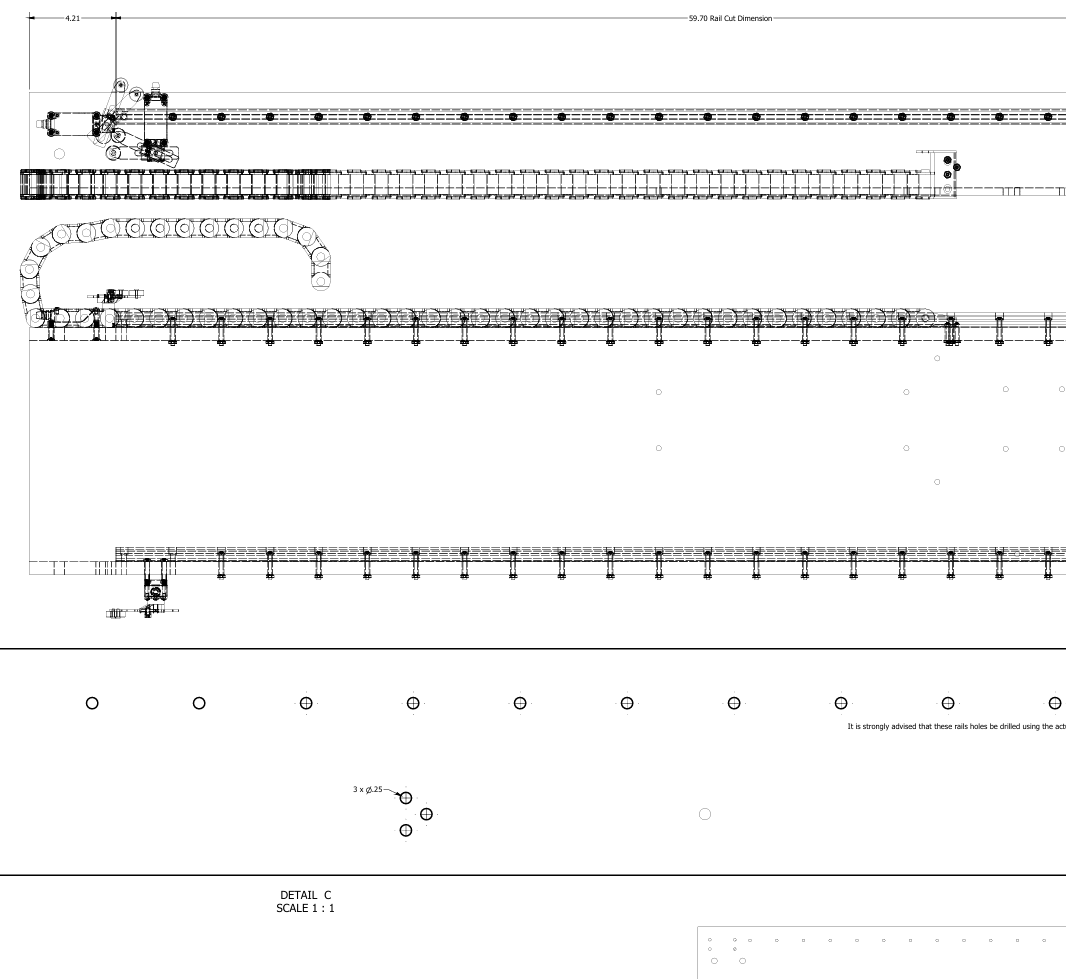
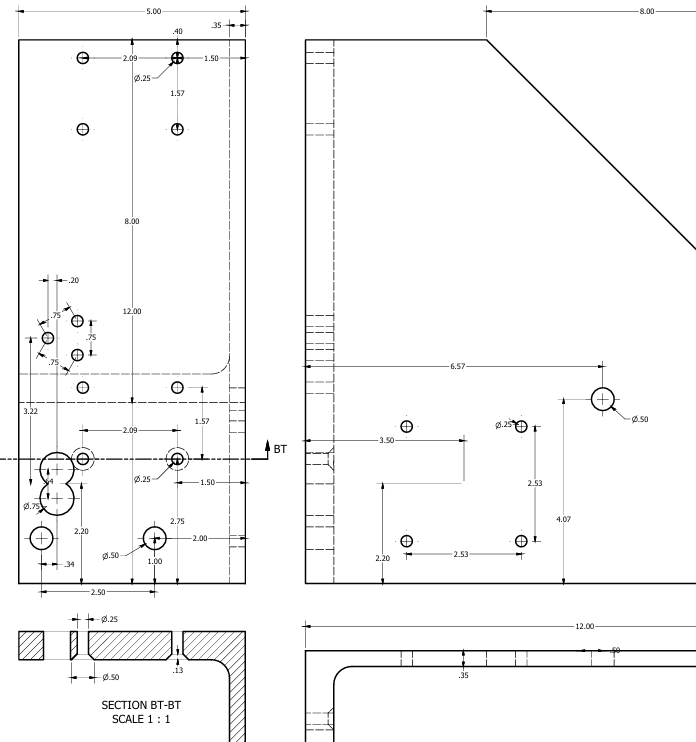


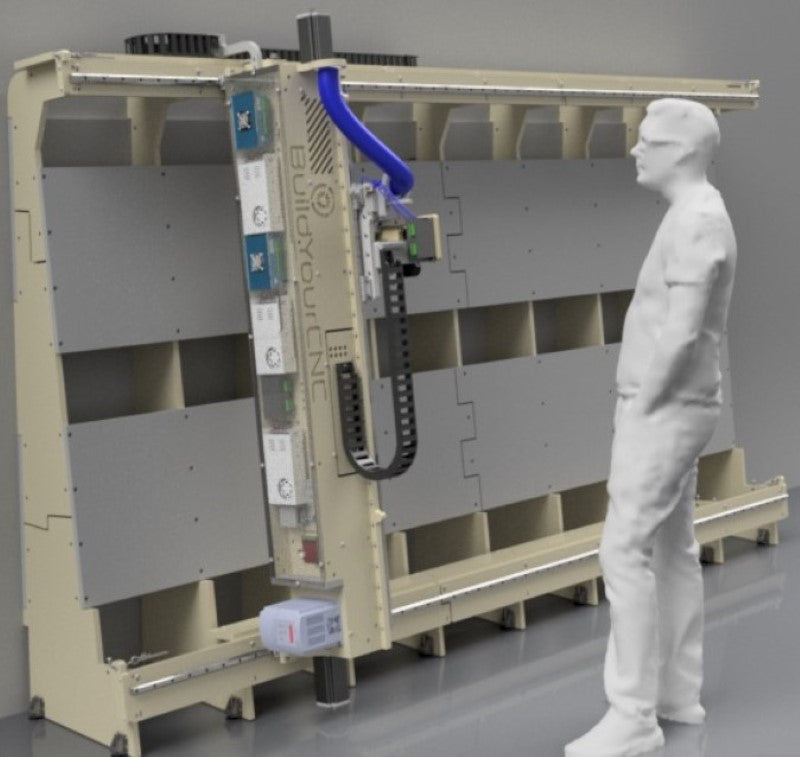


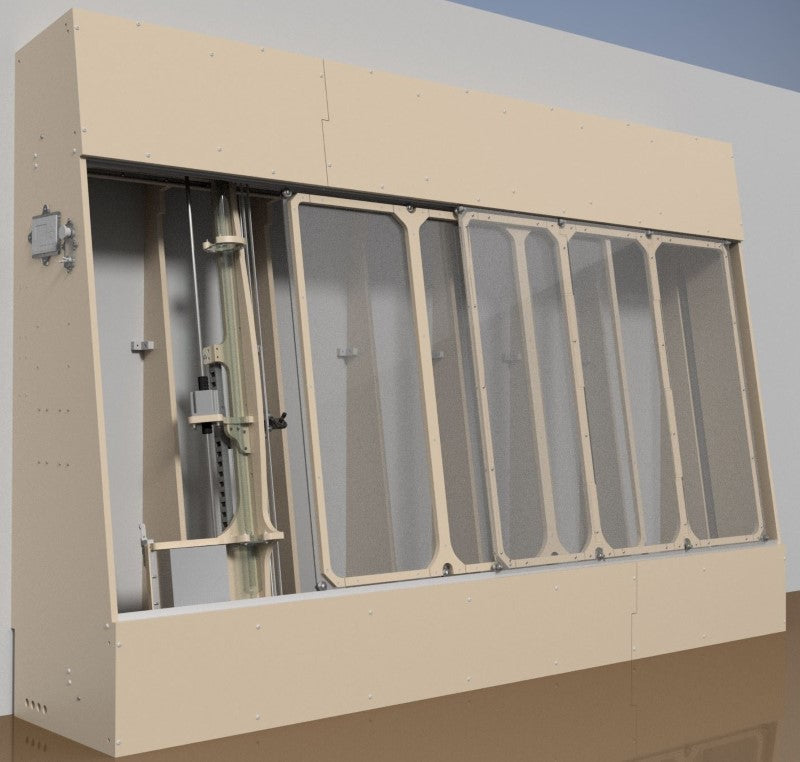
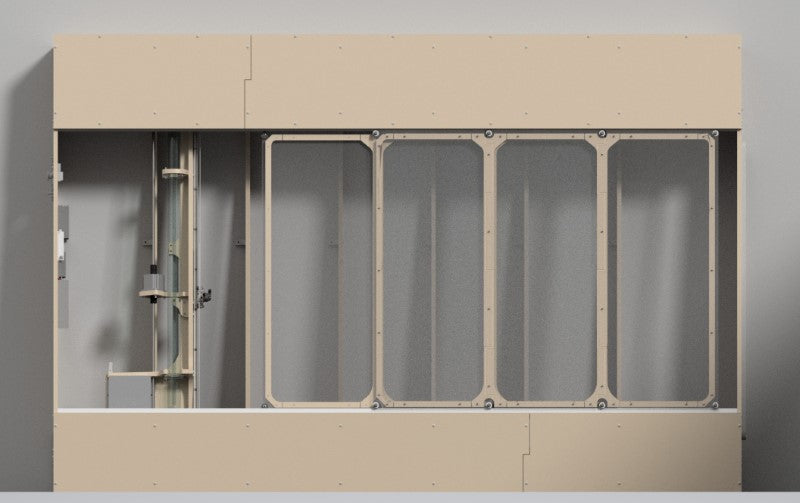

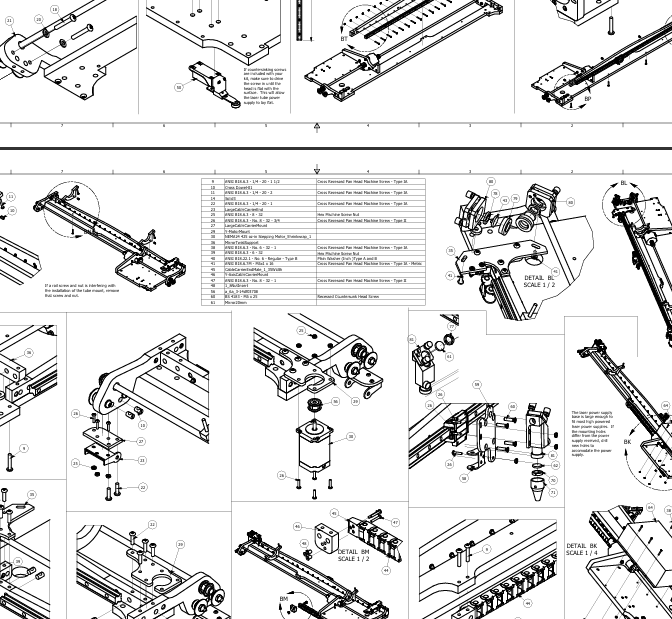
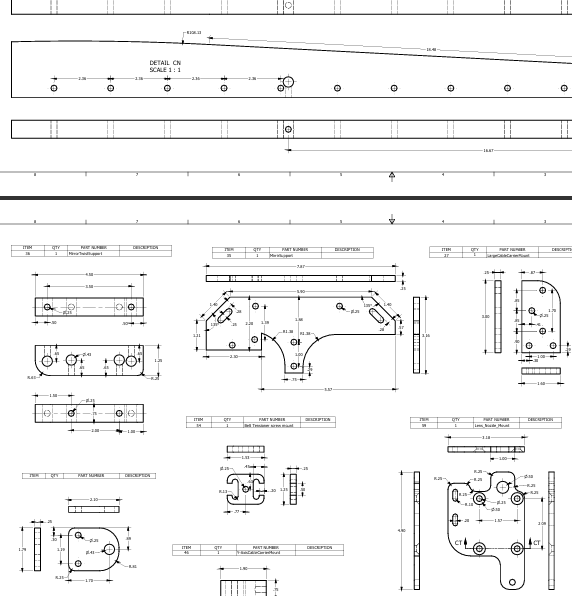
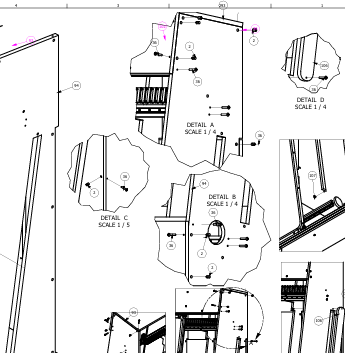
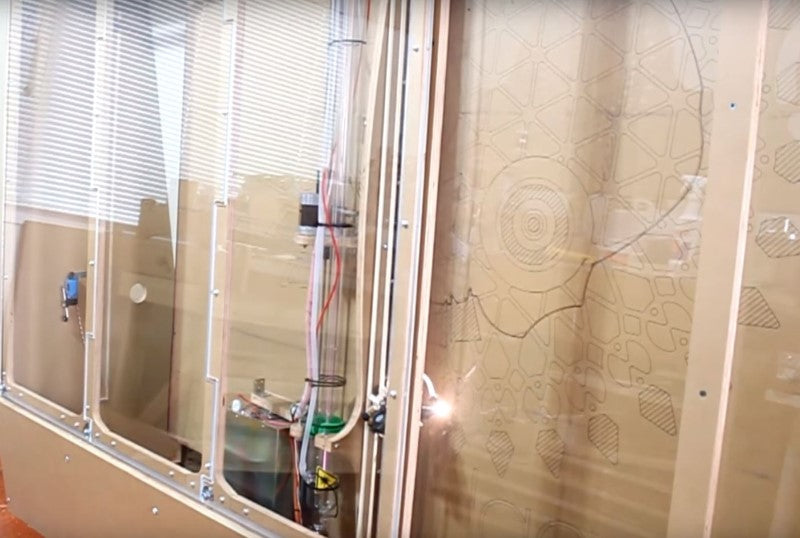
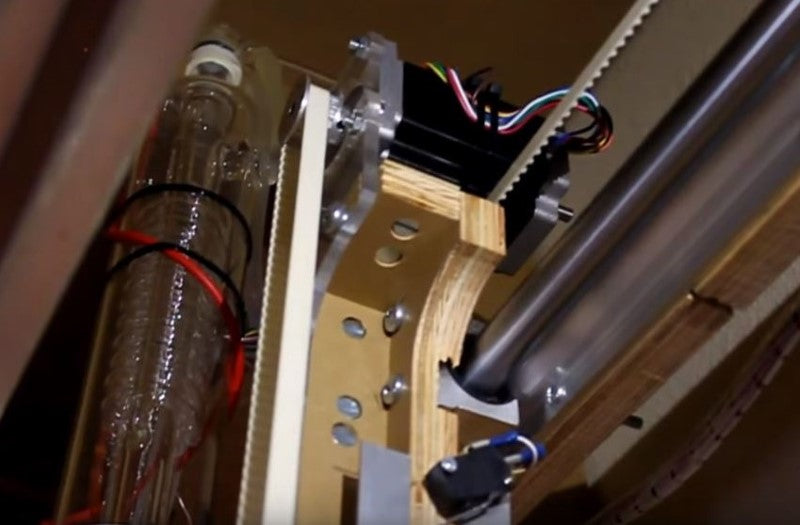
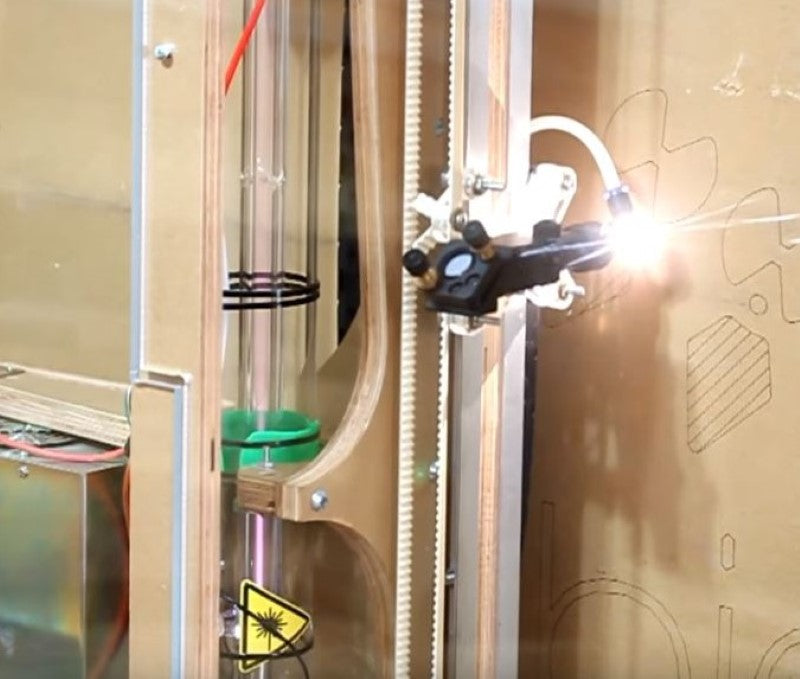

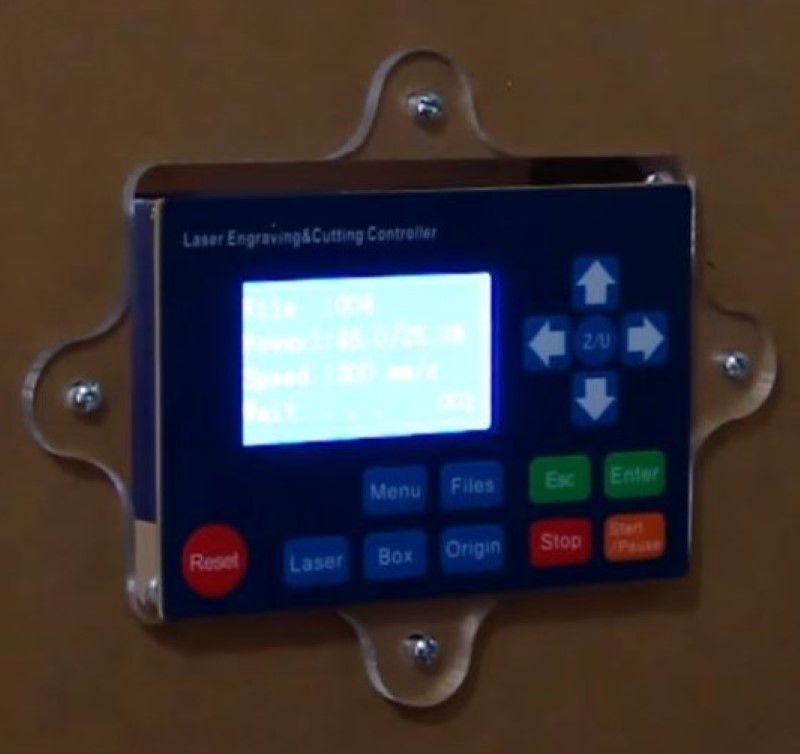
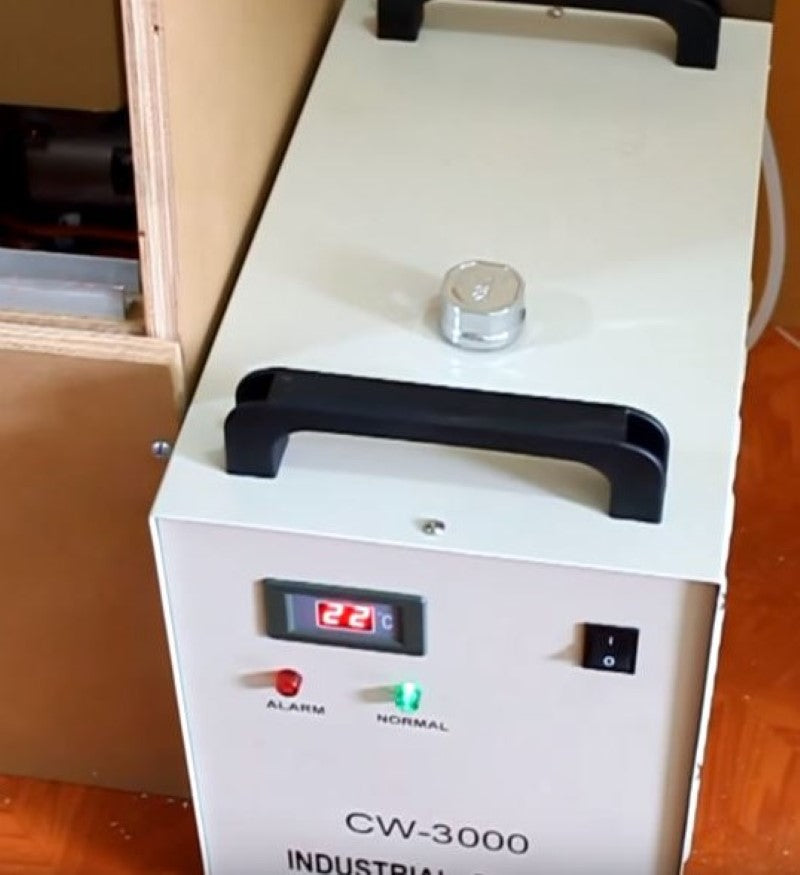
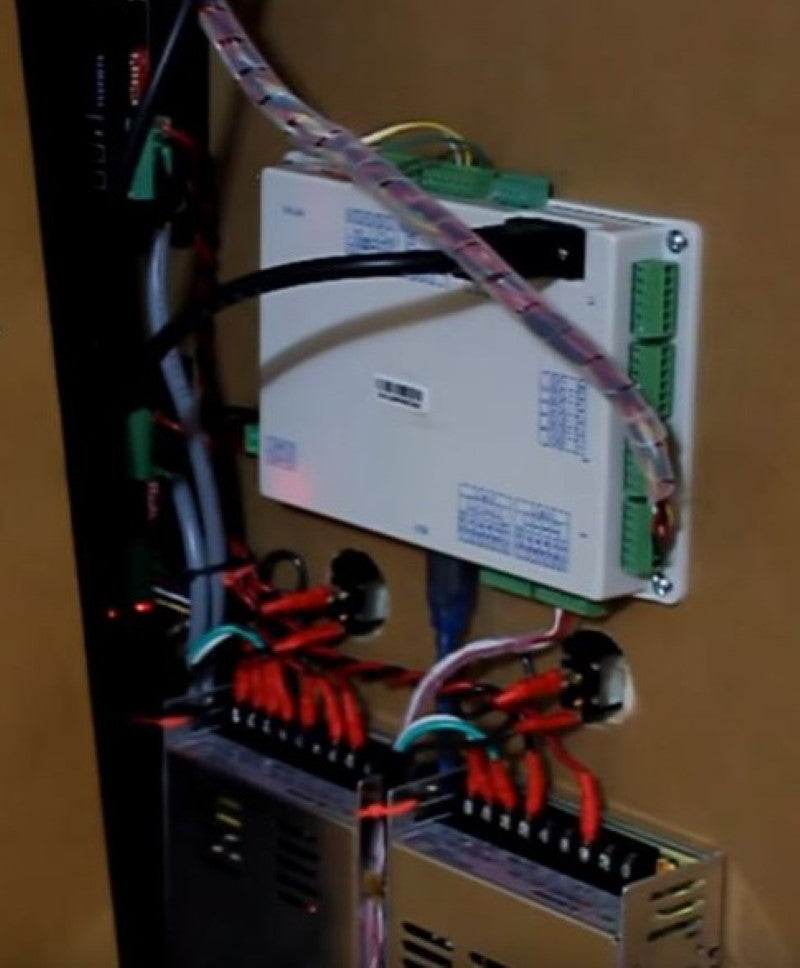
Featured products
-
ARM Microcontroller Advanced Kit with Book
Regular price $158.00 USDRegular priceUnit price / per -
1/2" Anti-Backlash Nut
Regular price $37.39 USDRegular priceUnit price / per -
Mach3 CNC Control Software
Regular price $175.00 USDRegular priceUnit price / per$175.00 USDSale price $175.00 USD -
Mach4 CNC Control Software
Regular price $200.00 USDRegular priceUnit price / per$200.00 USDSale price $200.00 USD -
E-Stop (Emergency Stop) Button With LED Indicator
Regular price $11.95 USDRegular priceUnit price / per -
M12 4-Pin Male to Female Sensor Cable A Code 2 Meters (For Proximity, Limit and E-Stop Switches and Other Sensors)
Regular price $17.00 USDRegular priceUnit price / per -
M12 4-Pin Male Sensor Connector A Code (For Proximity, Limit and E-Stop Switches and Other Sensors)
Regular price $9.00 USDRegular priceUnit price / per -
M12 4-Pin Female Sensor Connector (For Proximity, Limit, E-Stop Switches)
Regular price $9.00 USDRegular priceUnit price / per -
ARM Microcontrollers: Programming and Circuit Building Volume 1 Book
Regular price $39.00 USDRegular priceUnit price / per -
ARM Microcontroller Advanced Kit (STM32F0)
Regular price $119.95 USDRegular priceUnit price / per -
NEMA 23 Stepper Motor (425 oz-in 1/4" dual shaft) 2.8 Amps
Regular price $45.00 USDRegular priceUnit price / per -
AC Power Connector C14 Male 3 Pins Screw Panel Mount 10A 250V IEC 320 With Fuse and Switch
Regular price $6.95 USDRegular priceUnit price / per -
AC Power Connector C14 Male 3 Pins Screw Panel Mount 10A 250V IEC 320
Regular price $12.95 USDRegular priceUnit price / per -
THC-2 Plasma Torch Height Control
Regular price $243.00 USDRegular priceUnit price / per -
24VDC Quad (4 Channel) Relay Module
Regular price $13.95 USDRegular priceUnit price / per -
greenBull v2 Small (2'x4') CNC Router Digital Plans
Regular price From $5.00 USDRegular priceUnit price / per
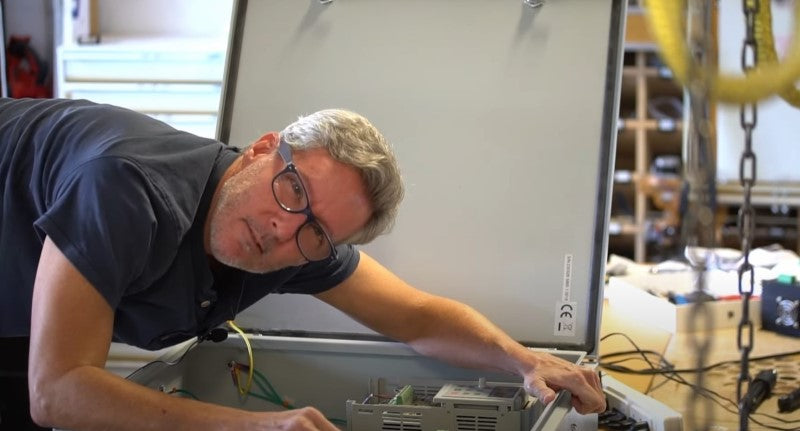
Struggling with CNC Tech or CNC Electronics?
Our 30-minute support tokens offer you personalized guidance, whether it's a phone call, remote access, or a video session. Get expert solutions and keep your CNC projects moving smoothly.













